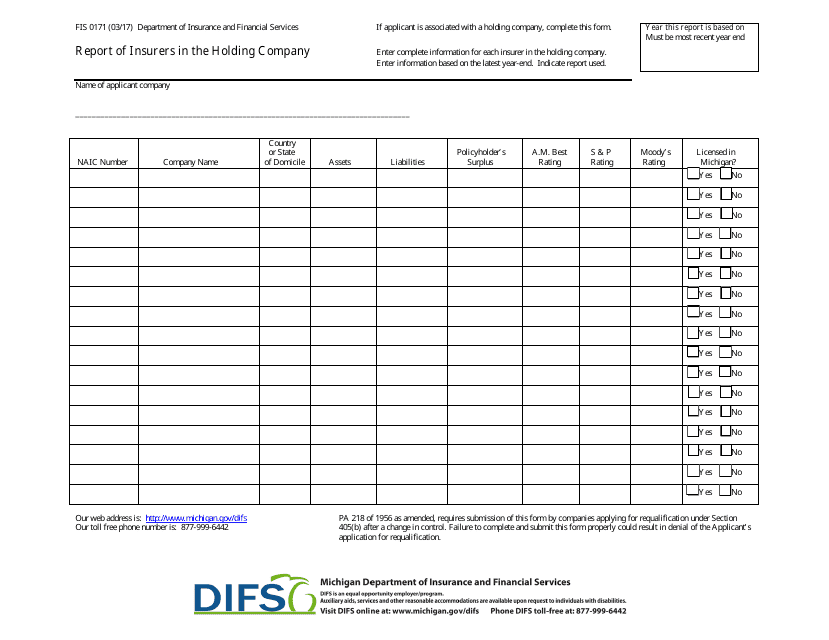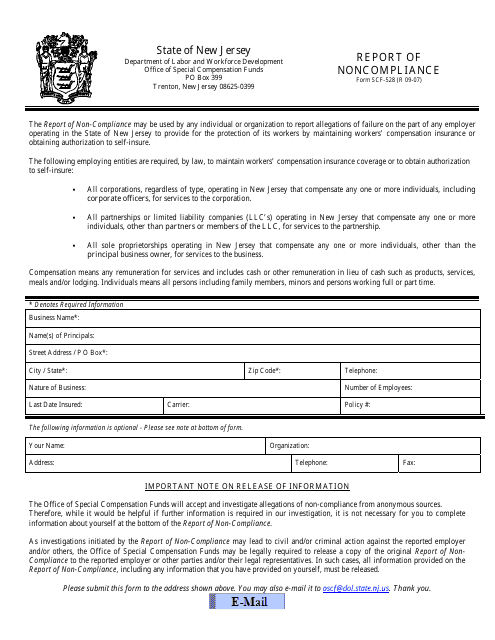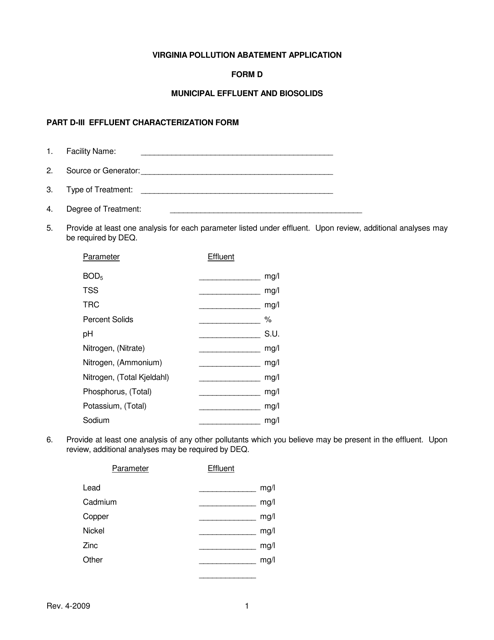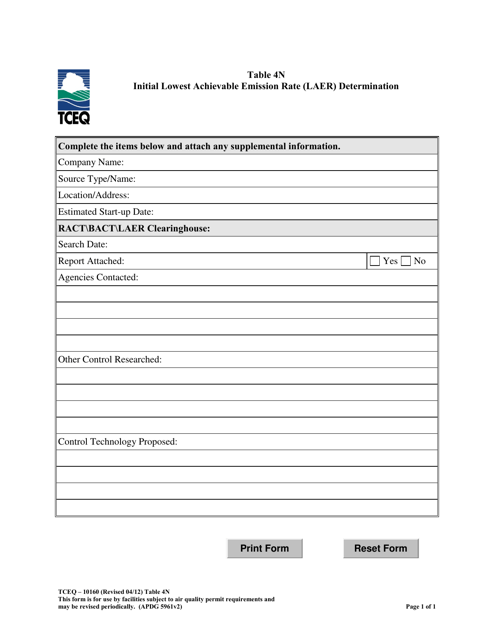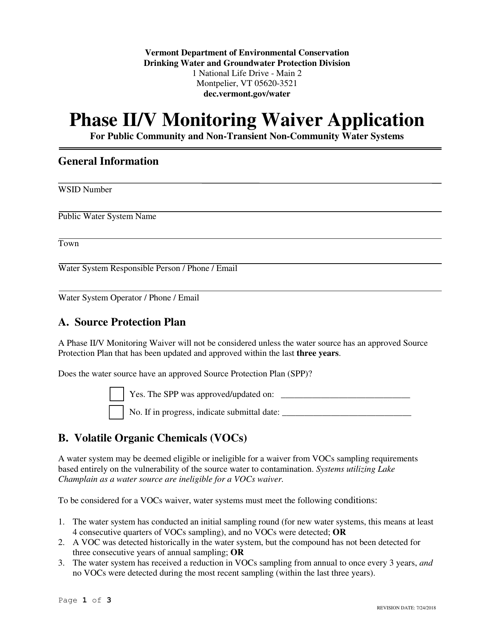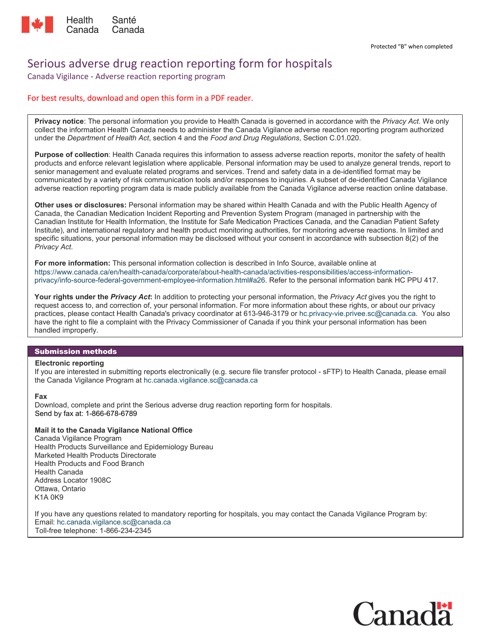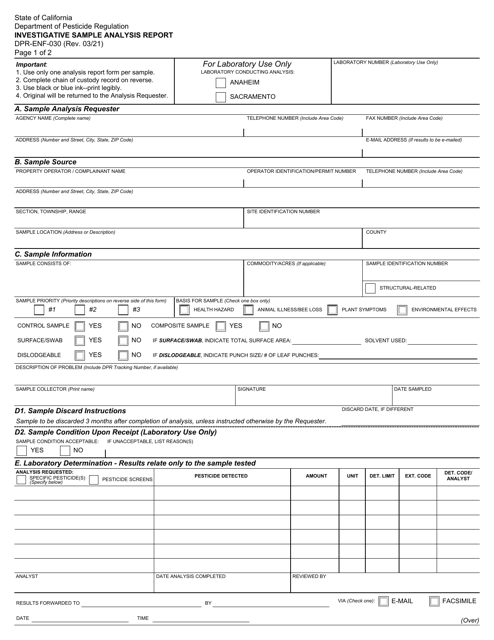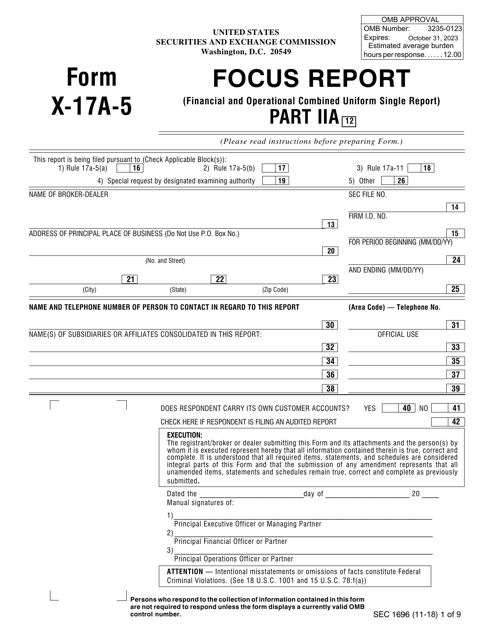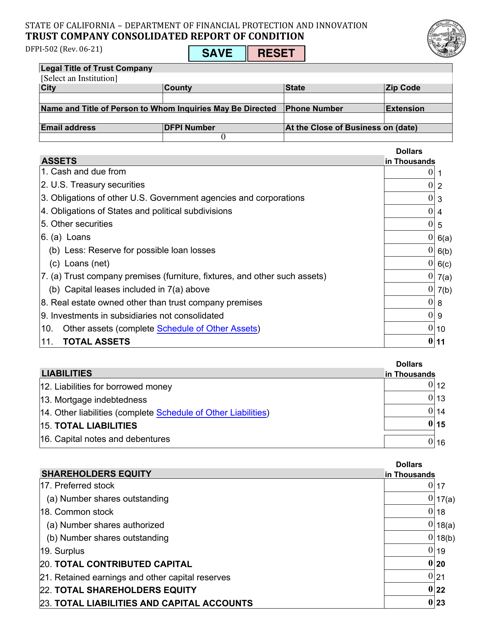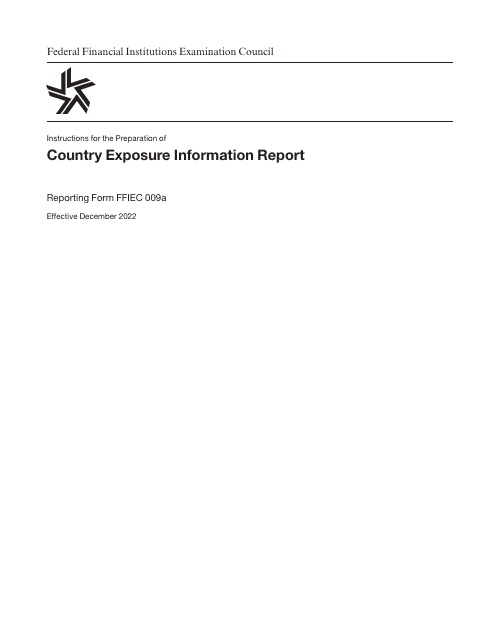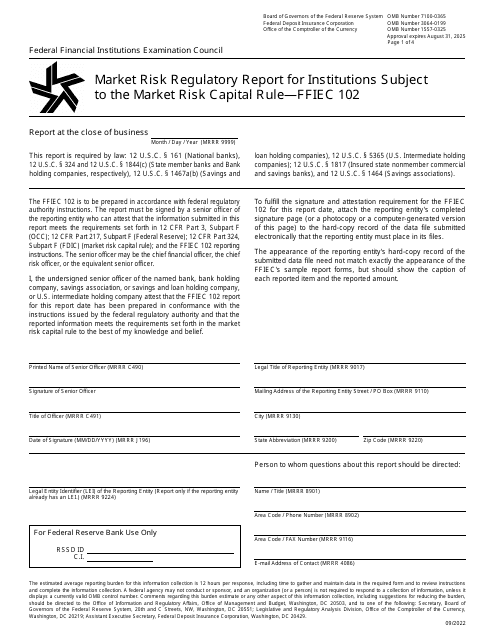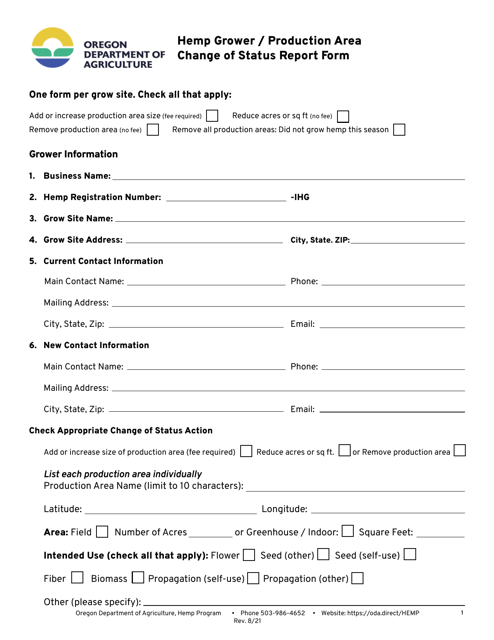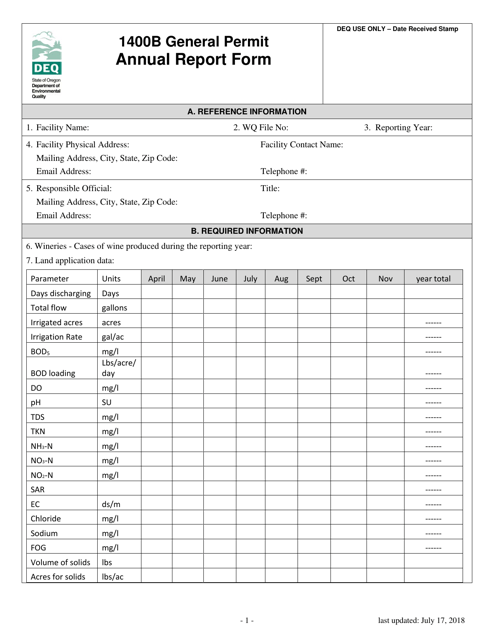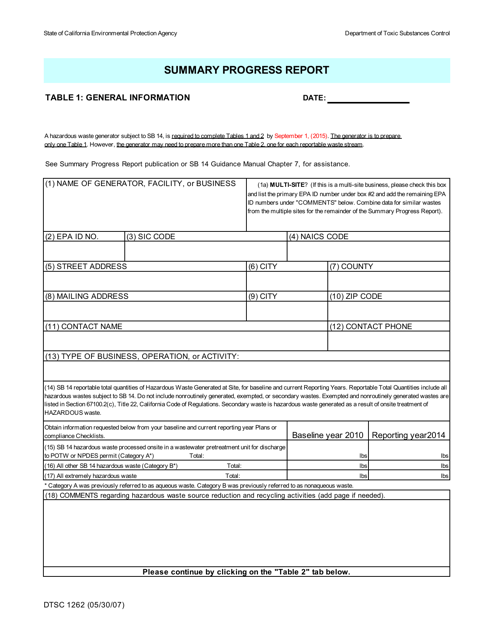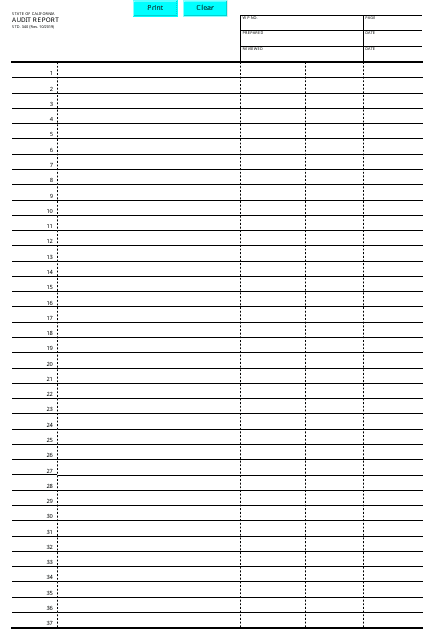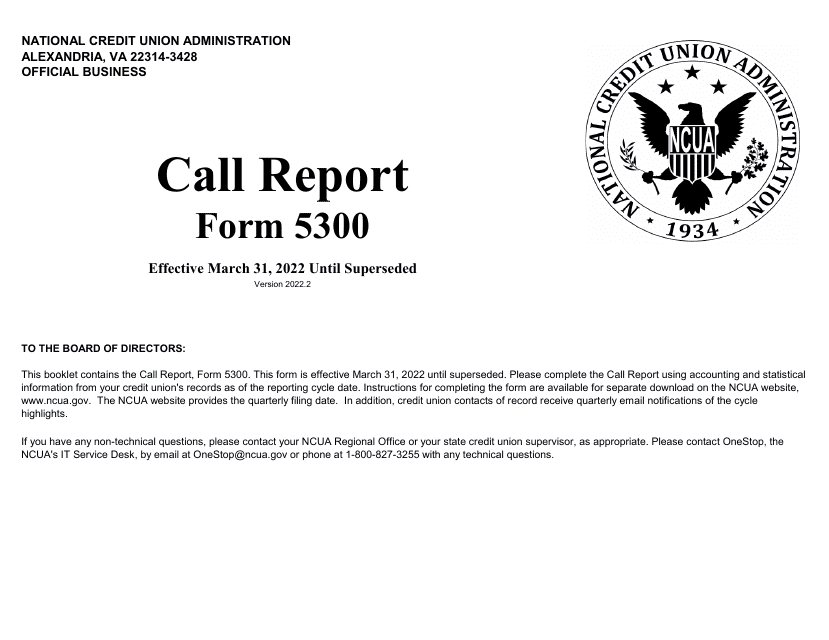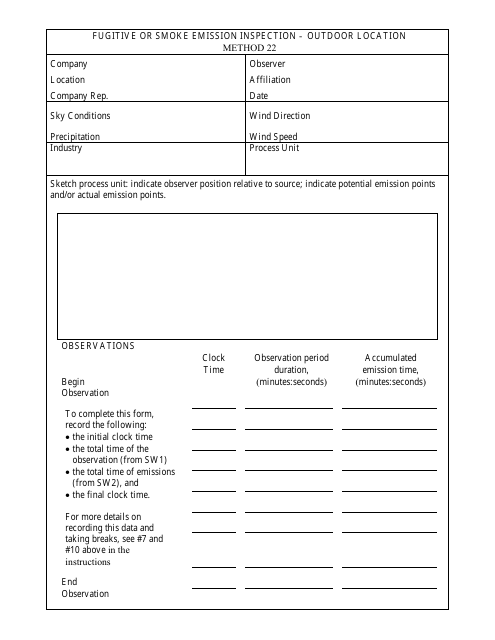Regulatory Reporting Templates
Regulatory Reporting: Streamline Compliance and Ensure Transparency
Regulatory reporting, alternatively known as regulatory reports, plays a pivotal role in ensuring compliance and transparency across various industries and jurisdictions. These reports capture essential information and data that allow regulatory authorities to monitor and supervise the activities of businesses, institutions, and organizations.
At its core, regulatory reporting serves as a means for companies to fulfill their legal obligations and demonstrate adherence to governing regulations. These reports encompass a wide range of topics, including financial activities, environmental impact, healthcare, and more.
From Form FIS0171 Report of Insurers in the Holding Company in Michigan to Form SFN52737 Title V Semi-annual Monitoring Report in North Dakota, regulatory reporting requirements vary across jurisdictions and industries. Each report serves a specific purpose, providing regulators with vital insights into the operations and compliance of different entities.
Regulatory reporting holds significant importance in maintaining market integrity, protecting consumers, and minimizing risks to the economy. By following regulatory guidelines and submitting accurate and timely reports, businesses contribute to a transparent and fair marketplace.
Adhering to regulatory reporting obligations goes beyond simply fulfilling legal requirements. It demonstrates a commitment to corporate governance, risk management, and ethical business practices. Companies that prioritize regulatory reporting establish themselves as trustworthy and responsible entities, which can enhance their reputation and investor confidence.
Implementing effective systems and processes to manage regulatory reporting is crucial for organizations of all sizes. Automation and technology solutions can streamline the reporting process, reducing manual errors and ensuring accuracy. Leveraging specialized software and tools can also facilitate data collection, analysis, and submission, enabling businesses to meet deadlines and comply with reporting mandates.
In summary, regulatory reporting, also known as regulatory reports, enables businesses and organizations to fulfill their legal obligations, demonstrate compliance, and maintain transparency. These reports, such as the Form D Part D-III Effluent Characterization Form in Virginia or the Serious Adverse Drug Reaction Reporting Form for Hospitals in Canada, provide regulators with crucial information to monitor and supervise entities across multiple industries. By embracing regulatory reporting, businesses can enhance trust, mitigate risks, and contribute to a fair marketplace.
Documents:
23
This document is used for filing an exit report under Regulation A with the Securities and Exchange Commission (SEC).
This form is used for insurance providers in Michigan to report their holding company information.
This form is used for reporting instances of non-compliance in the state of New Jersey.
This form is used for dental facilities in Oregon to submit a one-time compliance report related to their wastewater discharge. It helps ensure that dental dischargers comply with environmental regulations.
This Form is used for reporting information about the characteristics of effluent (wastewater) in the state of Virginia. It is used to determine the composition and quality of the wastewater being discharged into the environment.
This Form is used for making an Initial Lowest Achievable Emission Rate (LAER) Determination in Texas. It is specifically for Table 4N.
This Form is used for applying for a Phase II/V Monitoring Waiver in the state of Vermont.
This form is used for reporting serious adverse drug reactions that occur in hospitals in Canada.
This document is a report that primary processing licensees in New Brunswick, Canada need to submit. It contains information about their activities and compliance with regulations.
This Form is used for trust companies in California to submit a consolidated report of their financial condition.
Form FFIEC102 Market Risk Regulatory Report for Institutions Subject to the Market Risk Capital Rule
This form is used for reporting changes in the status of a hemp grower or production area in the state of Oregon.
This form is used for submitting an annual report for the 1400b General Permit in the state of Oregon.
This form is used for submitting a summary progress report to the California Department of Toxic Substances Control (DTSC). It helps to track and monitor progress on projects related to hazardous waste management and cleanup.
This form is used by auditors in California to prepare and submit their findings and recommendations. It facilitates a systematic record of the financial operations and performances of a business or agency.
This form is used for credit unions to file their financial and statistical data with the National Credit Union Administration (NCUA). It provides a comprehensive overview of the credit union's operations and helps the NCUA assess its financial health.
This document provides additional instructions for completing the Quarterly Call Report.
This Form is used for recording observations of fugitive emissions in New Mexico as per EPA Method 22.


